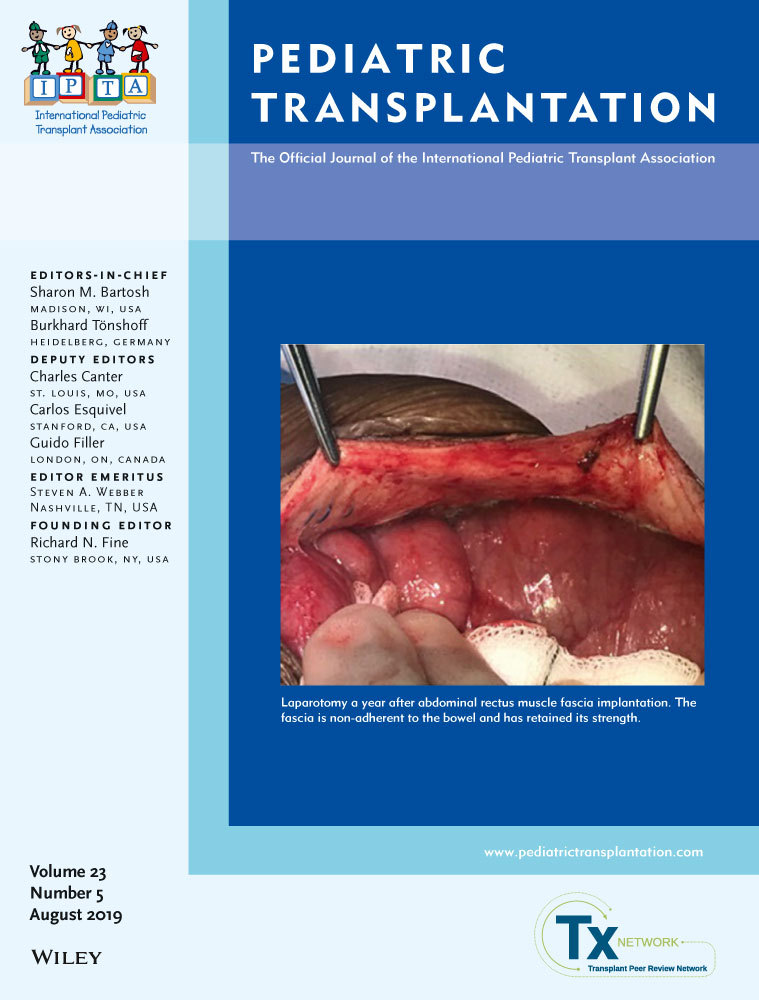The Medication Level Variability Index (MLVI) as a potential predictive biomarker of graft-versus-host disease in pediatric hematopoietic stem cell transplant patients
Abstract
The purpose of this study was to examine the potential predictive value of the Medication Level Variability Index (MLVI) biomarker with graft-versus-host disease (GVHD) in the pediatric hematopoietic stem cell transplant (HSCT) patient during the acute phase post-transplant. This retrospective descriptive study evaluated a total of 406 tacrolimus levels in 64 patients over a varying number of weeks per participant (median = 8, min = 3, max = 11). Patients were followed until Day 100 post-transplant or tacrolimus taper began. A total of 72 episodes of non-therapeutic levels occurred during the acute phase. Of those, 40 (56%) were <5, while 32 (44%) were >15. Approximately 39% (n = 25 of 64) of the participants in the study developed GVHD post-discharge. Those with GVHD had a statistically significantly higher MLVI than those that did not (median = 3.1, IQR = 2.5-4.7 vs 2.3, IQR = 1.6-3.4, respectively, P = 0.024). Using a criterion of MLVI > 3, there was a statistically significant increased likelihood of GVHD (OR = 3.82, 95% CI=1.32 = 11.04, P = 0.013). Area under the curve (AUC) calculation for the sensitivity and specificity of using the MLVI for GVHD was also conducted. The AUC of 0.67 was statistically significant (95% CI 0.53-0.81, P = 0.024). This is the first-known study to report the use of the MLVI in HSCT patients. The MLVI is associated with a main adverse outcome related to HSCT, GVHD. These results are encouraging of a new potential biomarker to evaluate tacrolimus serum assay levels and identify patients at risk for developing GVHD.




